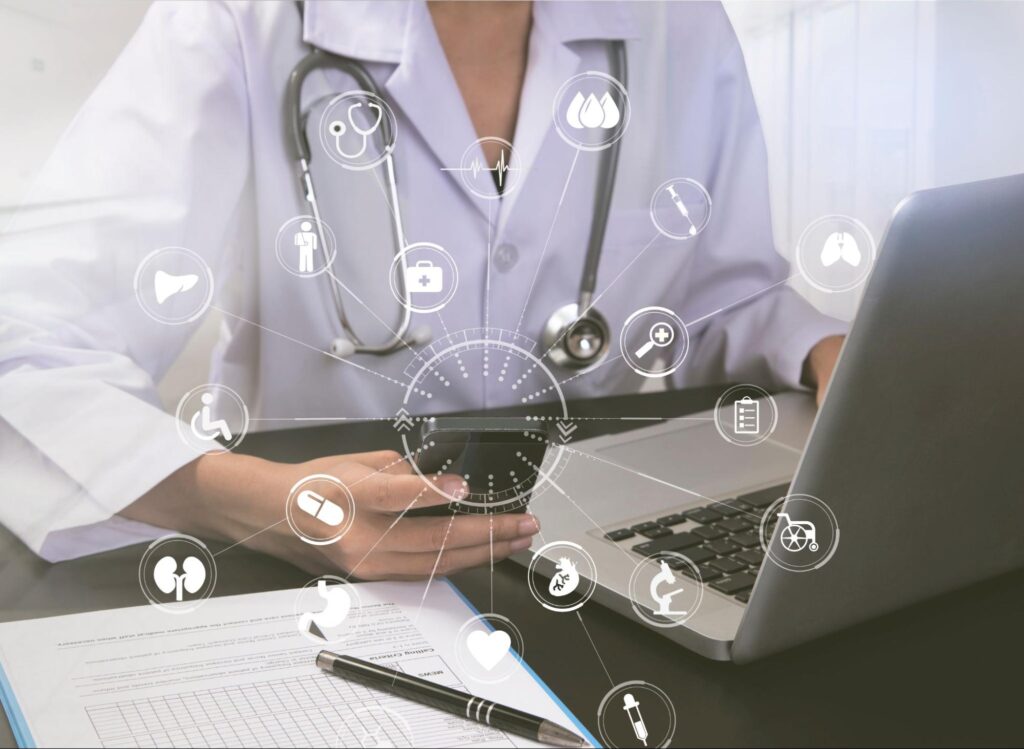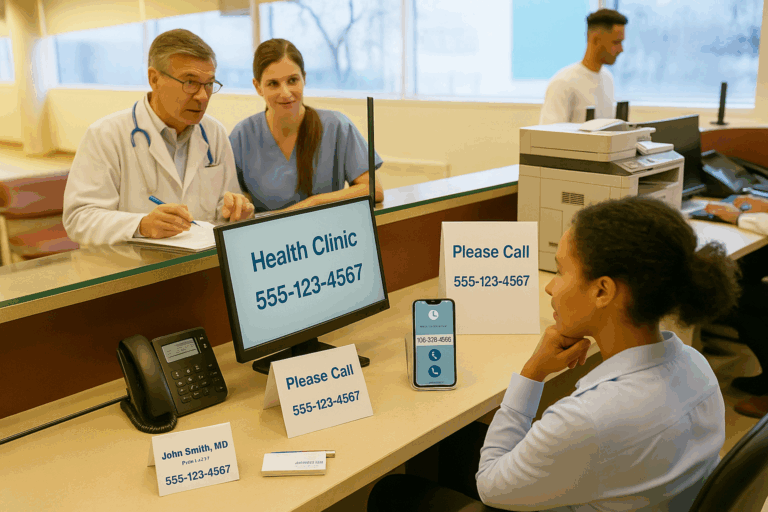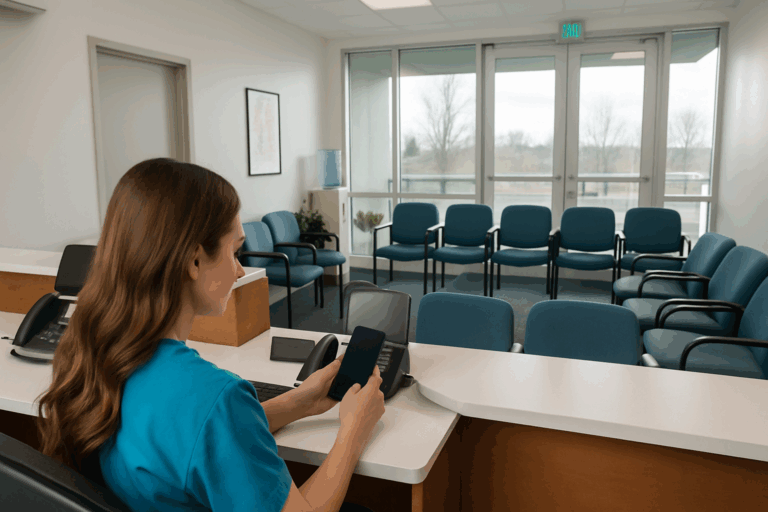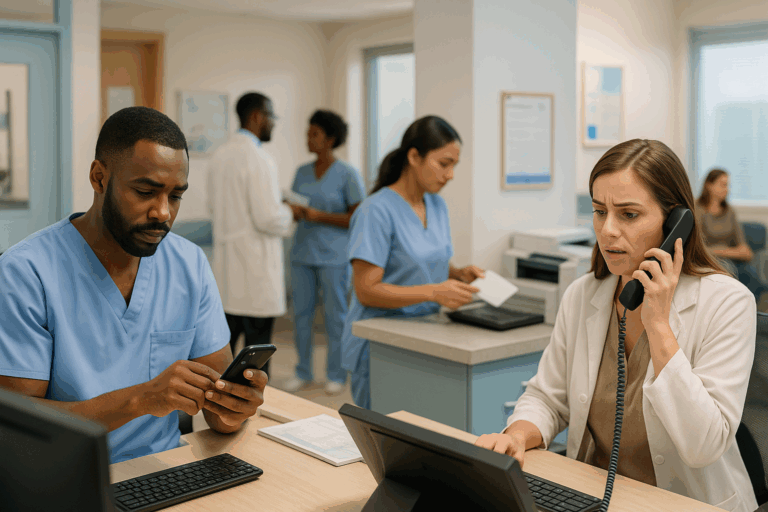While charting the journey from the X-ray to the MRI or from penicillin to gene therapy and beyond is fascinating, one healthcare area that has perhaps more quietly been transforming over the past two decades is patient communication.
In an industry with such high human stakes, it is sometimes surprising that we don’t always give full attention to how patient information is shared, especially when misunderstandings can have profound personal and financial results. For example, when a leading medical professional liability insurer reviewed more than 20,000 malpractice cases, they found that communication failures were identified as a key contributing factor more than 30 percent of the time. However, by embracing smart communication tools, we can bridge this information gap and significantly improve our efficiency, engagement, and, most importantly, patient outcomes.
The Way We Were
The old model of patient communication often required navigating a labyrinth of phone numbers, extensions, holds, and voicemails just to set up appointments or share information. Once the appointment was made, the process often had to be repeated in reverse—or even in person—to receive vital information such as test results, diagnoses, recommendations, prescriptions, and next steps.
Paper patient records and faxing further compounded these inefficiencies. Information could easily be lost or misplaced, and providers and patients had to wait for key information to be faxed, hoping it reached the correct destination. Additionally, coordinating a suitable time to discuss patient details over the phone or scheduling face-to-face meetings to ensure privacy and confidentiality was challenging.
Although this might sound outdated, many medical offices still operate this way. These inefficiencies can significantly impact the quality of care. For example, a patient might wait several extra days to learn they need a follow-up or additional tests. In more severe cases, key information might not be relayed by a referring physician, leading to unnecessary adverse outcomes for a patient’s health.
Even offices that have modernized their operations with Electronic Health Records (EHRs) or dedicated patient portals can benefit from additional technological solutions to create a more seamless and convenient patient experience, especially given the heightened expectations of today’s patients.
Modern Healthcare Communication Solutions
As technology continues to reshape how patient interaction, various new solutions and services are becoming more prevalent. One key example is advanced call routing, which allows healthcare organizations to manage incoming calls more efficiently. These systems can route calls based on criteria such as time of day, caller ID, and call volume, ensuring that patients are connected to the appropriate department or staff member, thus minimizing wait times and enhancing the overall patient experience.
Additionally, automated reminders are becoming standard practice. By sending timely messages via phone, text, or email, they help reduce missed appointments and follow-up actions, improve patient compliance and ensure they receive the necessary care at the right times.
Furthermore, modern on-call platforms eliminate the need for inefficient and error-prone traditional answering services. These sophisticated systems ensure that calls are routed to the correct provider on the appropriate device, offering the best after-hours patient experience while reducing the on-call burden for staff. By allowing each on-call provider to set their profile and preferences, healthcare organizations can increase office efficiency, minimize administrative headaches, and reduce patient delays.
Such technological advancements streamline operations and play a crucial role in improving patient satisfaction and care quality by ensuring that healthcare communication is effective and reliable.
Download our guide on The Future of Patient Communication
Learn how to streamline operations, strengthen patient relationships and reduce costs.





